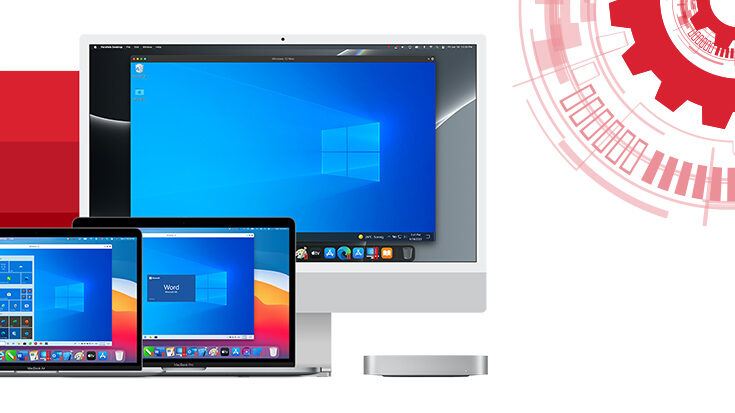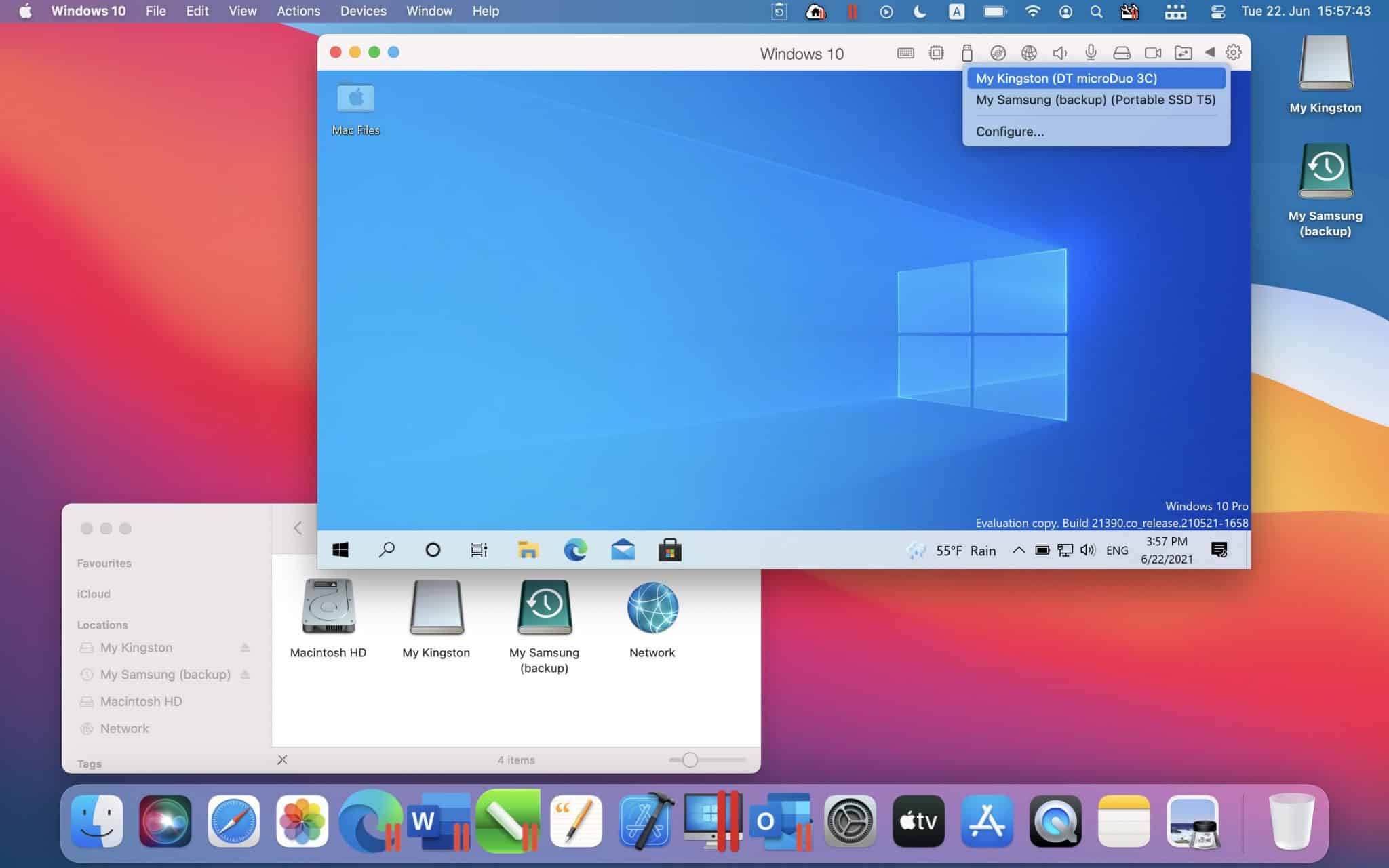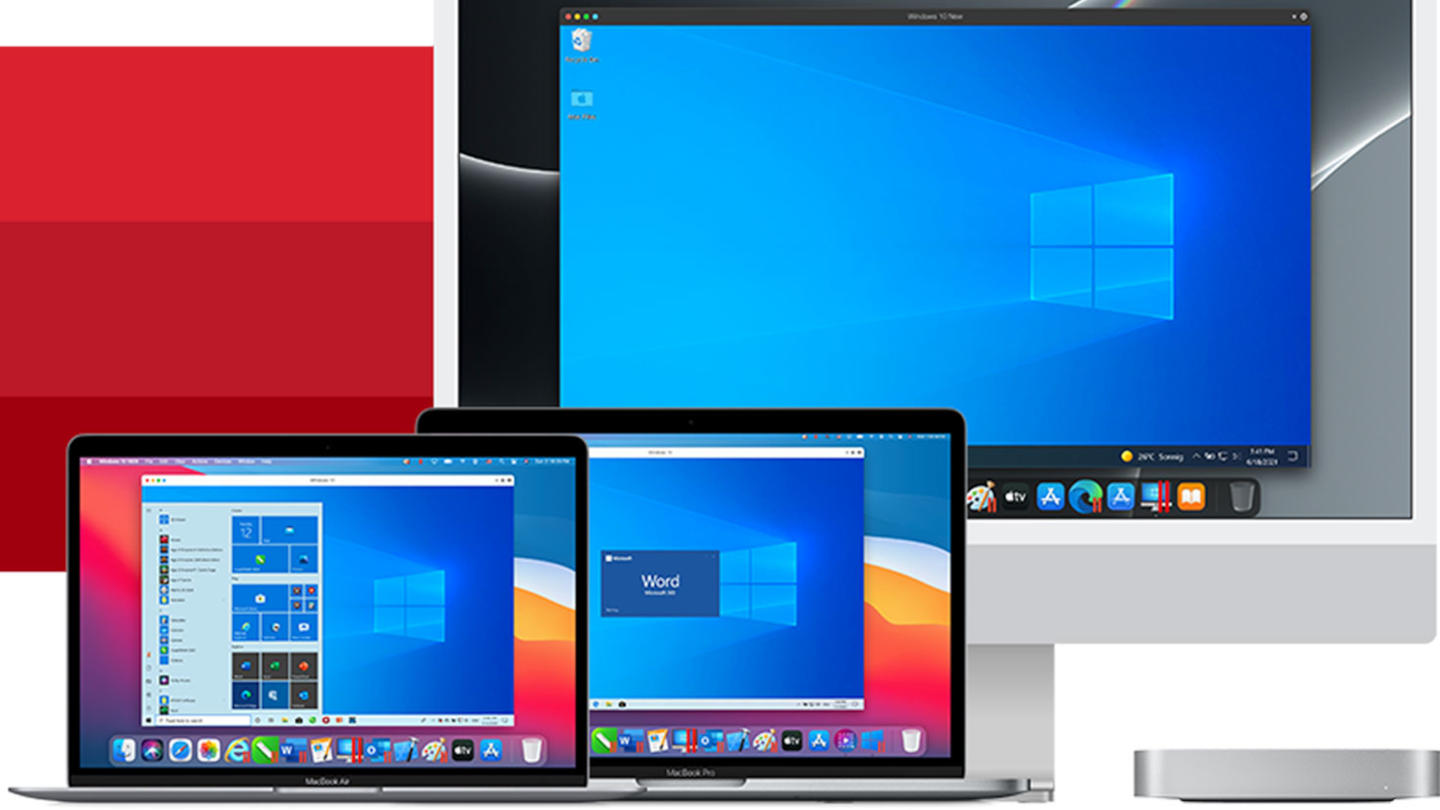

- #Parallels desktop 17 for mac m1 install#
- #Parallels desktop 17 for mac m1 update#
- #Parallels desktop 17 for mac m1 software#
The benefits of native support should be especially evident in Parallels Desktop, since virtualization software tends to use a significant amount of hardware resources.

#Parallels desktop 17 for mac m1 update#
Ever since Apple announced its first Macs powered by in-house ARM processors, more and more companies have had to update their apps to run natively on they new silicon, since Intel-based apps have to be emulated, this resulting in some performance overhead. Note: for installing Windows 11 on ARM in Parallels Desktop see KB 125375.Parallels has announced that version 16.5 of its virtualization software, Parallels Desktop for Mac, is now generally available, bringing with it native support for Apple's new M1 chipset.
#Parallels desktop 17 for mac m1 install#
To run Windows 11 and its applications on a Mac with Apple M1 Chip, you need to install Windows 11 on ARM that can run the majority of Intel-based Windows 11 applications by using a built-in emulator. Note: See the list of supported operating systems in Parallels Desktop on Mac with Apple M1 chip. And hundreds of other Parallels Desktop features await to be discovered.Your Mac keyboard layouts are added automatically to Windows for greater productivity.Touch Bar controls for Windows applications - truly seamless experience running a Windows app on a Mac.Shared Profile Tool that enables you to share your Mac desktop, pictures, documents, and other folders with Windows, allowing you to easily access them from Windows applications.Choose to have Windows invisible while still using its applications in Coherence Mode, side-by-side with Mac apps.To run virtual machines on a Mac with Apple M1 chip, Parallels engineers created a new virtualization engine that uses the Apple M1 chip hardware-assisted virtualization and allows to run ARM-based virtual machines. All of the best Parallels Desktop features were re-engineered for the Apple M1 chip, including: About Parallels Desktop for Mac with Apple M1 Chip Rosetta can translate the Parallels Desktop user interface and web services, but not virtual machines. So, due to these technical limitations, Rosetta translates applications that work in user space only. Virtual Machine applications that virtualize x86_64 computer platforms. Mac applications that are originally created for Intel-based Mac computers work on Mac computers with Apple M1 chip out of the box by utilizing the Rosetta framework - a translation process that allows running Intel x86_64 applications on Apple M1 chip. Rosetta can translate most Intel-based applications, but it can't translate the following executables: If you are switching from a Mac with an Intel processor to a Mac with Apple M1 Chip or the other way around, please refer to KB 125344 for more details. Therefore, a virtual machine created on an Intel-based Mac cannot be used on a Mac with M1 Chip, and vise-versa. Software applications are heavily dependent on a computer's CPU architecture: an application that is compiled (created) for one architecture, cannot be easily run on another architecture. Virtual machines created on Intel-based Mac computers have x86_64 CPU architecture that is fundamentally different from the ARM architecture.

It is built on ARM architecture and includes a system on a chip (SoC) that combines numerous powerful technologies into a single silicon, featuring a unified memory architecture for dramatically improved performance and efficiency. Apple M1 chip is a successor of iPad’s A14Z chip and the first designed specifically for the Mac.


 0 kommentar(er)
0 kommentar(er)
